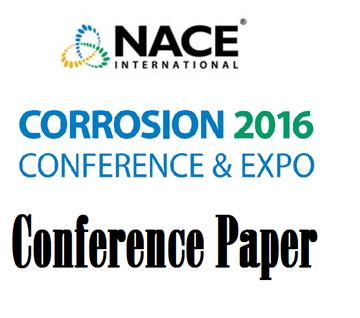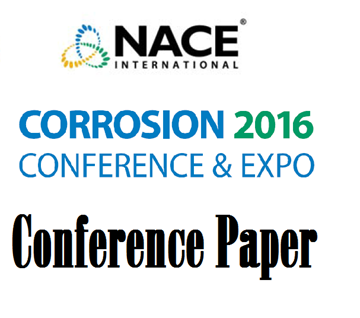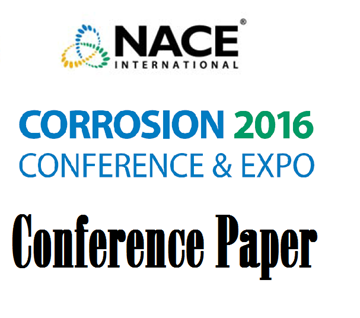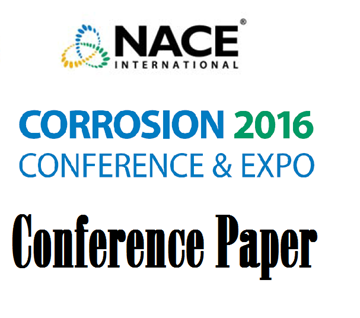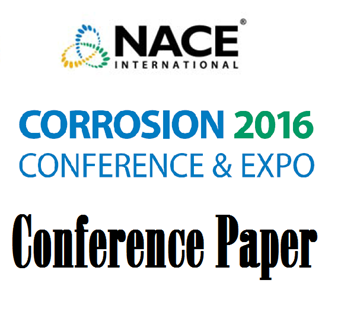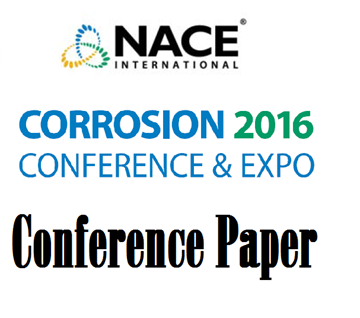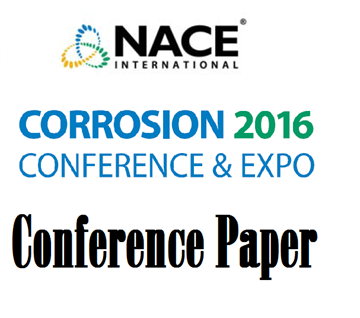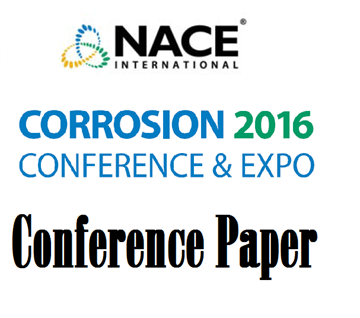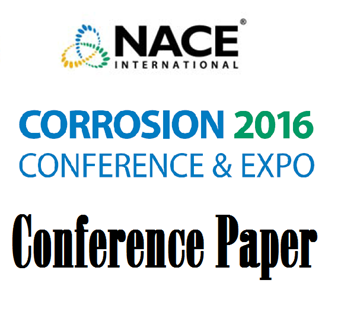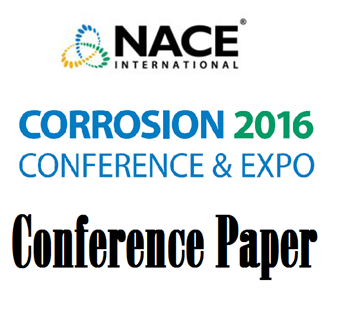Search
Products tagged with '2016 Conference Papers'
View as
Sort by
Display
per page
51316-7298-Application of Non-Metallic Materials in Oil Sands Operations
Product Number:
51316-7298-SG
ISBN:
7298 2016 CP
Publication Date:
2016
$20.00
51316-7302-Mechanism of High Temperature Corrosion by Model Naphthenic Acids
Product Number:
51316-7302-SG
ISBN:
7302 2016 CP
Publication Date:
2016
$20.00
51316-7303- Optimization cathodic protection design for offshore platform: Solution for the contradiction of big initial and small mean current density by wing section sacrificial anode
Product Number:
51316-7303-SG
ISBN:
7303 2016 CP
Publication Date:
2016
$20.00
51316-7304-Evaluation of Protective Coating Performance in a Cyclic-Temperature Environment
Product Number:
51316-7304-SG
ISBN:
7304 2016 CP
Publication Date:
2016
$20.00
51316-7306-Estimation of Corrosion Products and Inhibitor Films Contributions to Total Protective Effect
Product Number:
51316-7306-SG
ISBN:
7306 2016 CP
Publication Date:
2016
$20.00
51316-7307-Impact of Biocomponents in the Fuel and Heating Oil on the Compatibility of Sealing Materials
Product Number:
51316-7307-SG
ISBN:
7307 2016 CP
Publication Date:
2016
$20.00
51316-7308-Effect of Tungsten on Pitting and Crevice Corrosion of Type 25Cr Super Duplex Stainless Steel
Product Number:
51316-7308-SG
ISBN:
7308 2016 CP
Publication Date:
2016
$20.00
51316-7310-Development of Self-Healing Coatings using Encapsulated Linseed Oil and Tung Oil as Healing Agents
Product Number:
51316-7310-SG
ISBN:
7310 2016 CP
Publication Date:
2016
$20.00
51316-7312-Changes in Test Methodology to Reflect the Changes Within the Oil and Gas Linings Market
Product Number:
51316-7312-SG
ISBN:
7312 2016 CP
Publication Date:
2016
$20.00
51316-7313-Effect of Iron Sulfide Deposits on Sour Corrosion of Carbon Steel
Product Number:
51316-7313-SG
ISBN:
7313 2016 CP
Publication Date:
2016
$20.00
51316-7319-Effect of Elements Mo and W on Humidity Corrosion of Low Alloy Steels in H2S-Containing Environment
Product Number:
51316-7319-SG
ISBN:
7319 2016 CP
Publication Date:
2016
$20.00
51316-7322-Methodology for the comparative evaluation of batch biocide performance against microbial corrosion
Product Number:
51316-7322-SG
ISBN:
7322 2016 CP
Publication Date:
2016
$20.00

